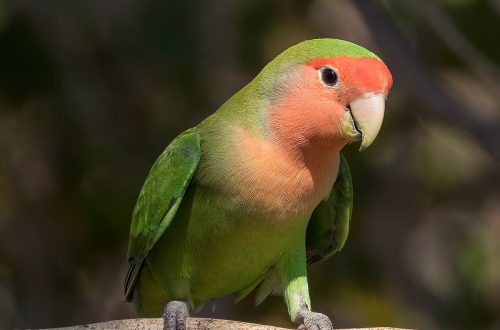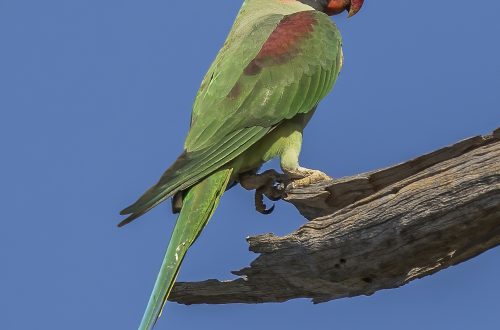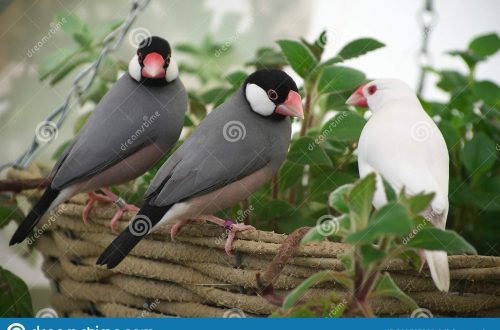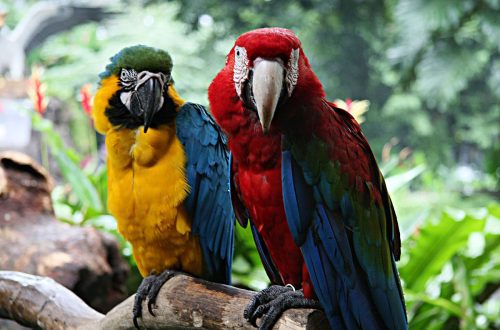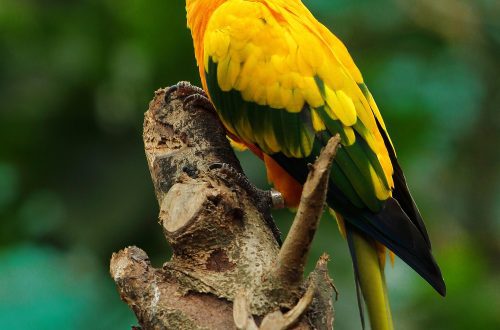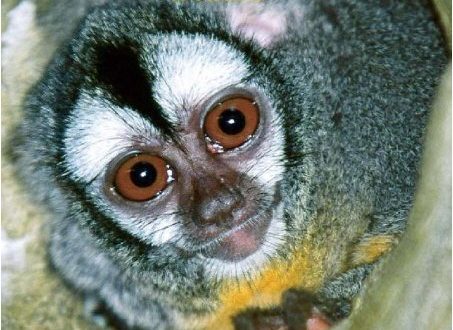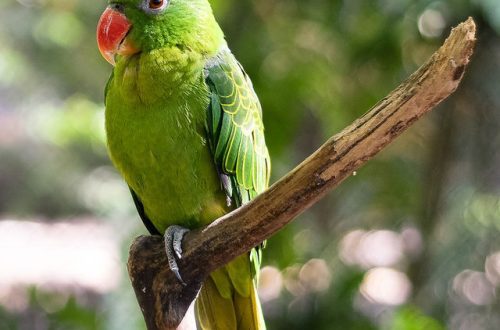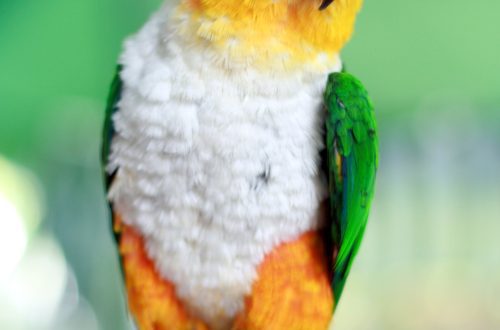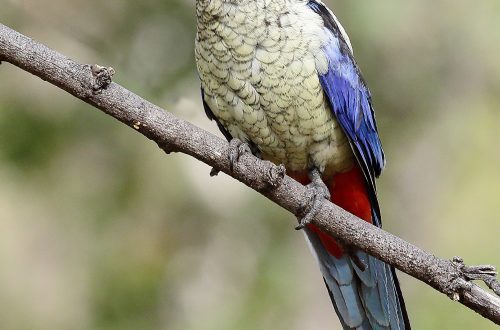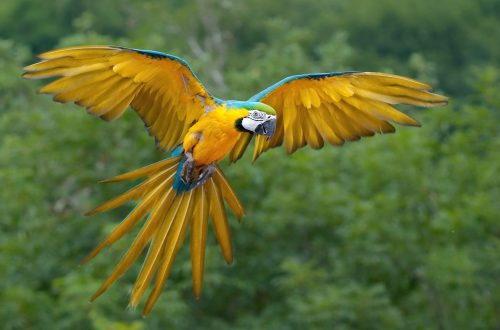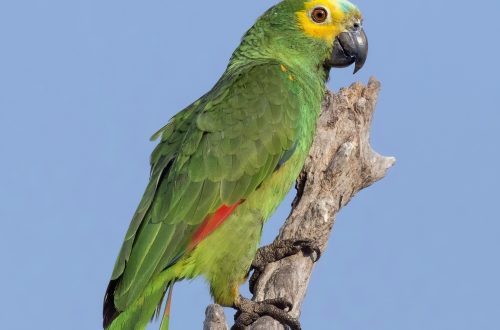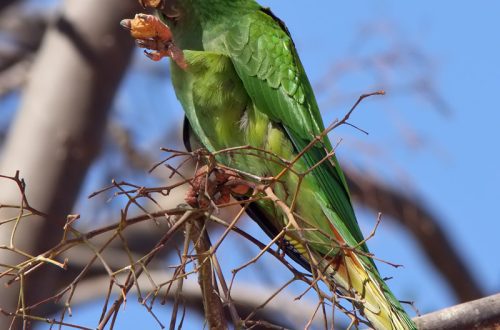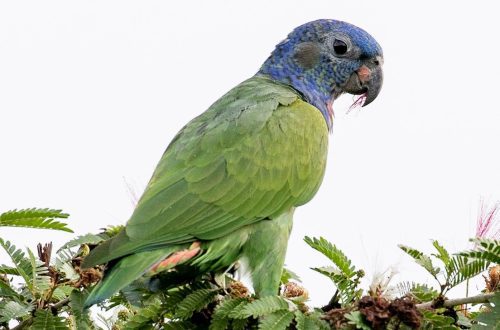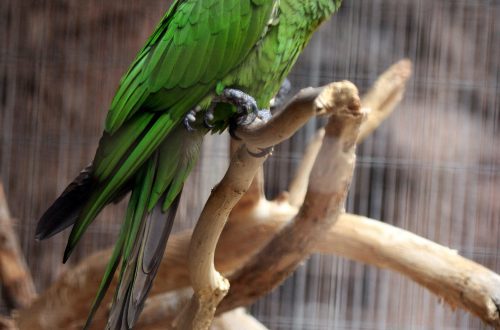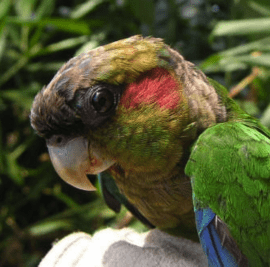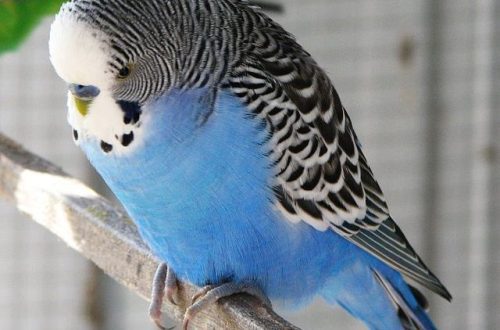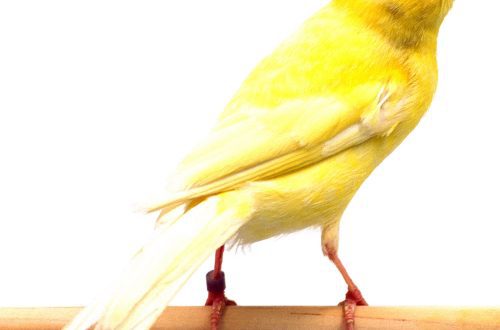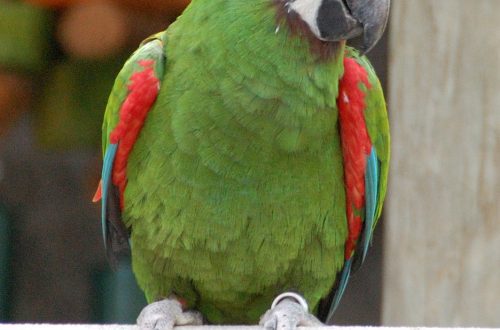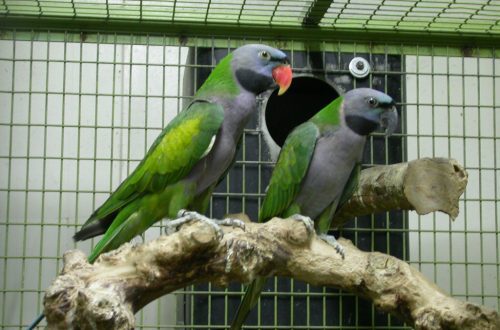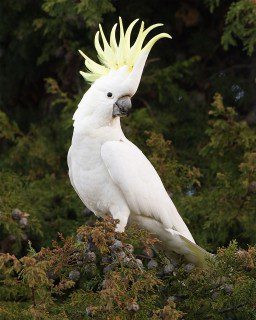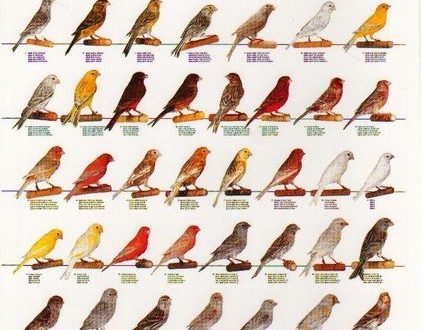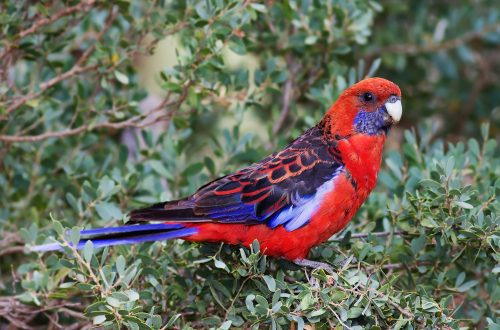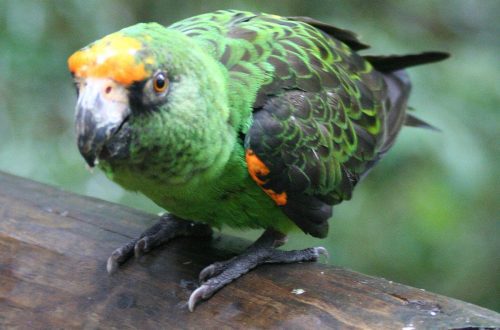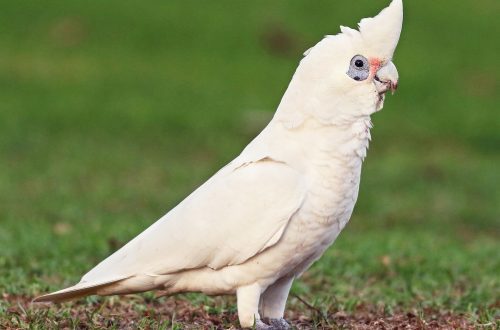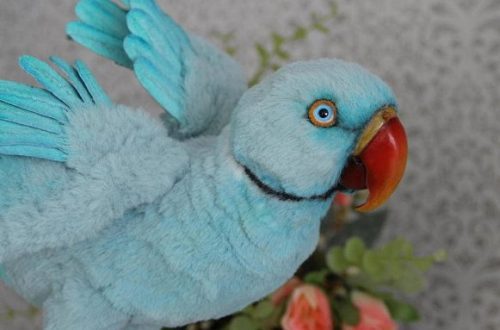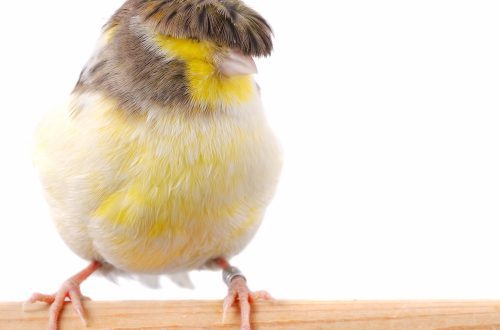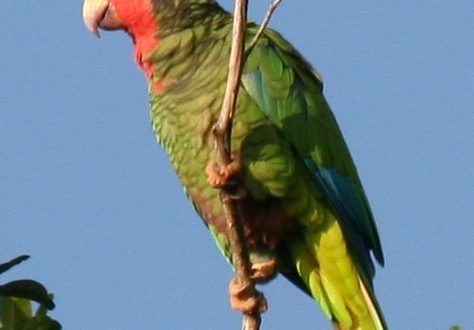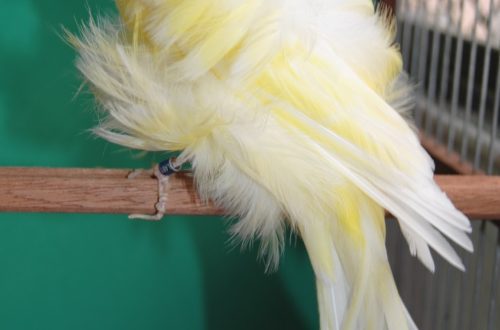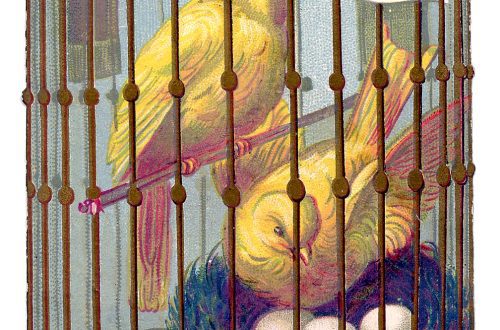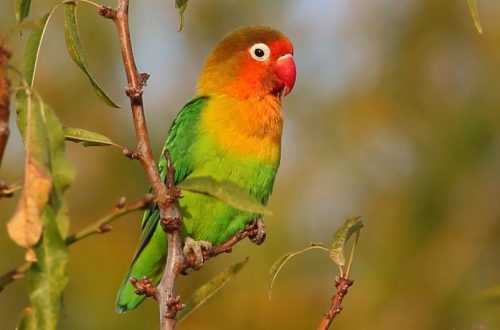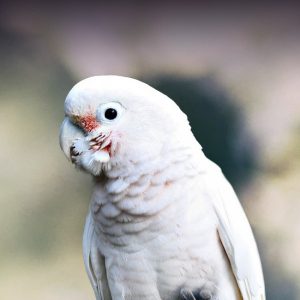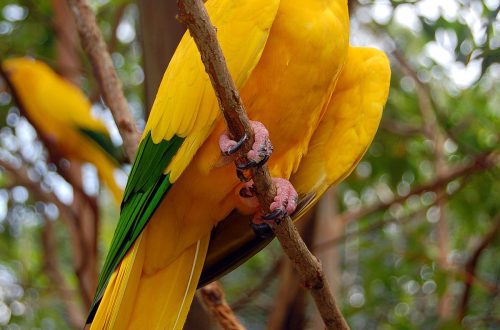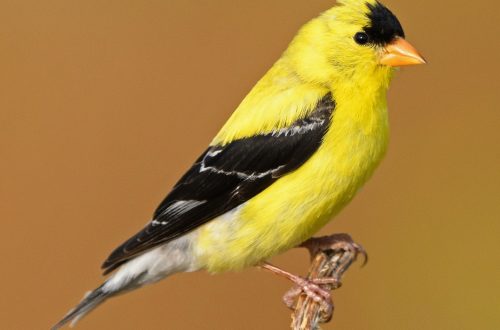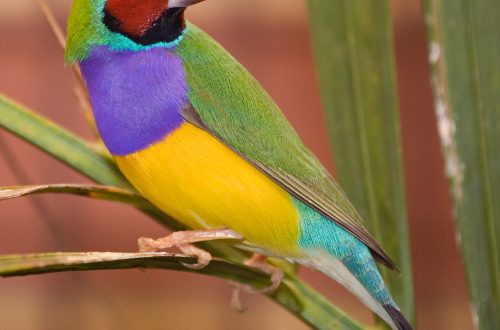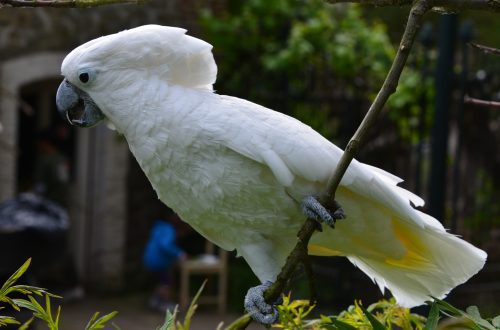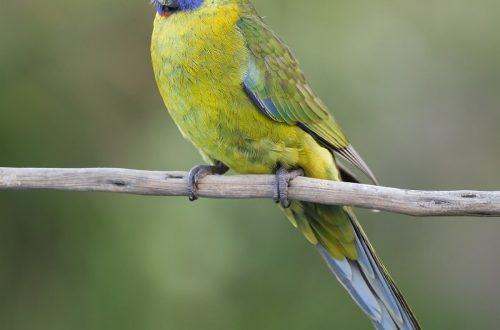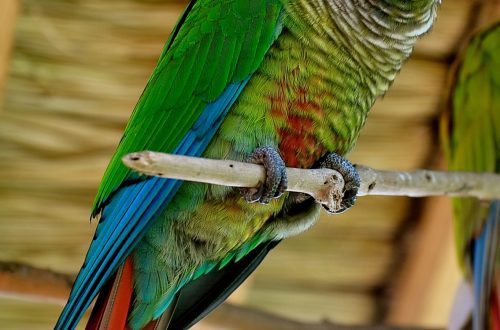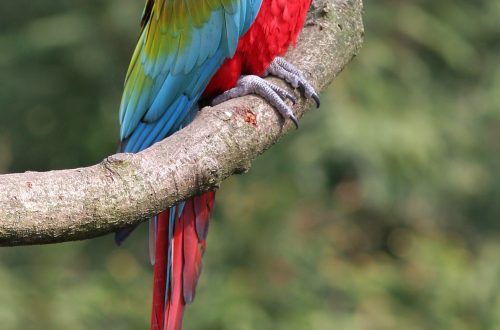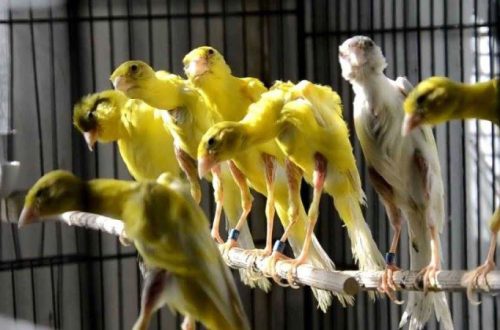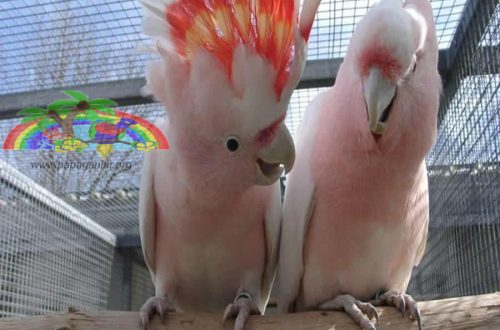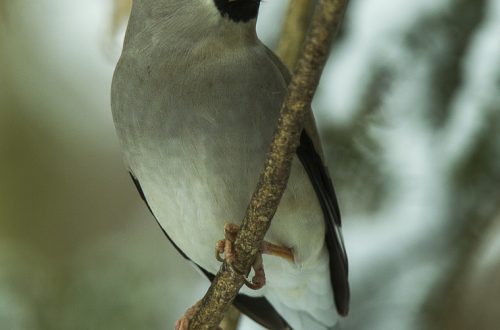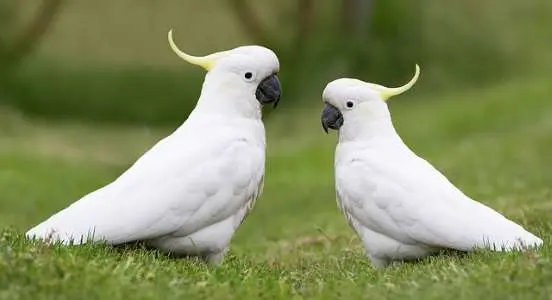
Types of Birds
The popularity of birds as pets is not surprising. These animals are beautiful, smart, and also have a lot of different talents and never cease to amaze their owners. At the same time, you can choose a decorative bird for your home to your taste: large or small, singing or talking, colorful or one-colored … Funny birds will delight you with chirping, singing, new words and funny tricks.
Interest in winged pets is also due to the fact that it is easy to keep them. Caring for a canary or parrot can be entrusted even to a child. The bird does not need to be walked, there is practically no smell from it, it is not a problem to leave it at home alone for 2-3 days, providing it with food and water. The cage takes up little space, cleaning is a simple task. Ornamental birds do not require expensive food, under good conditions and a balanced diet, they practically do not get sick and give the owner a minimum of trouble.
Decided to get a feathered pet? Before you go to the pet store or kennel, think carefully about a few things. They will help you decide on the choice of a pet bird and understand your own expectations.
Answer a few simple questions:
- why do you want a bird for the house;
- are you ready to devote time to your pet, play and clean up after his “walk” around the apartment;
- will the child communicate with the bird;
- you prefer to hear singing or want to teach your pet to speak.
Now it will be easier for you to understand whether you want a parrot or a singing bird, what living conditions should be provided for your pet, and in general – what will your future bird need for complete happiness? Let’s dwell on this in more detail.
Types of Birds – List of Bird Pets
TOP 10 poultry. Features of keeping a bird as a pet
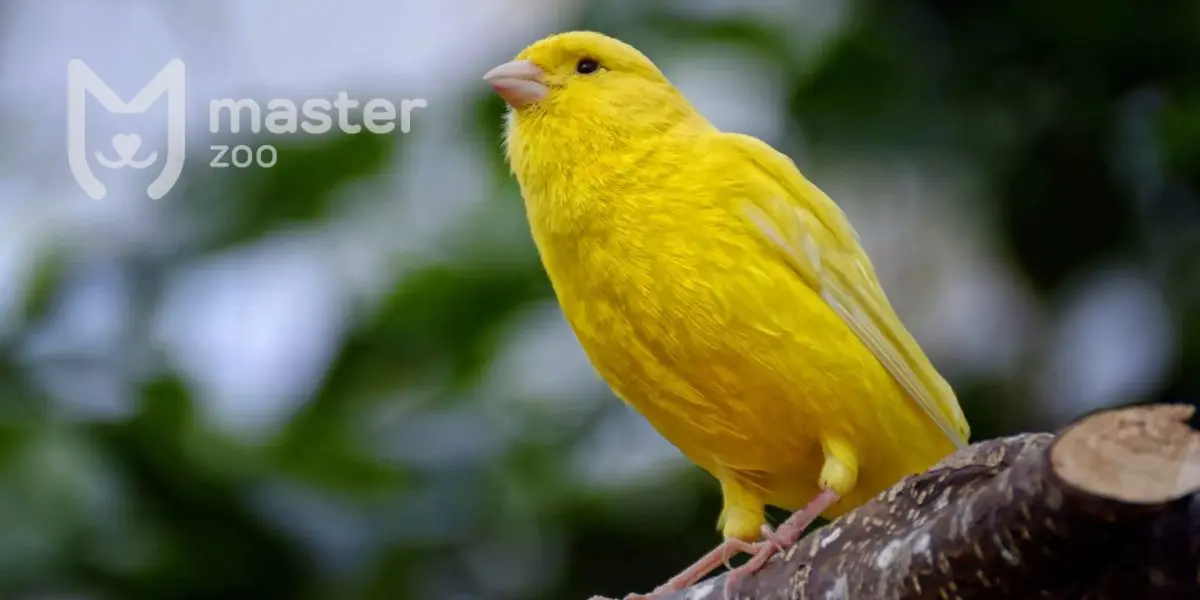
canaries
If you want to hear booming trills and cheerful singing at home, then the canary is your choice. These songbirds for the home can not only chirp loudly, but also imitate other sounds. Canaries are not only wonderful singers, but also real beauties. Choose to your taste a bird of lemon yellow, orange, variegated greenish color.
The length of an adult bird is 12-15 cm, respectively, the cage is needed so that the bird can fully spread its wings and fly in it. The minimum size is 40x35x25 cm. Please note that in order to maintain the tone of the body, the bird needs to move a lot, and the canary living in a small cage will need to be periodically released to fly around the house, having previously closed all windows and doors. A large cage, on the one hand, will take up more space, on the other hand, you will not need to release the bird.
If you have a couple of birds and plan to have offspring, the cage should be much more spacious. Canaries can live in pairs and alone, one bird will have to devote more time so that it does not get bored.
It is not difficult to provide a canary with good nutrition. On sale there are specialized grain mixtures specifically for these birds. They are balanced in composition, include essential nutrients and do not cause weight gain or metabolic disorders. The amount of feed may vary depending on the age, environmental conditions, species and physical condition of the bird. During molting , more food should be given, since the formation of new feathers requires more nutrients and energy.
The grain mixture is the basis of the diet, but vegetables, fruits, berries, and greens should also be present in the canary menu. Proteins and minerals are obtained from soft feed. It includes crushed eggshells, hard-boiled egg yolks, semolina, ground wheat crackers, poppy seeds. Periodically, canaries should be treated with sunflower seeds and crushed nuts.
There should always be clean water in the drinker. It is advisable to choose a transparent drinking bowl: it is easier to monitor the amount and condition of the water and change it if necessary.
At night, it is advisable to cover the bird’s cage with a dense cloth so that its noise and light do not disturb its sleep, and in the morning, loud chirping does not wake you up at sunrise, for example, at 5 in the morning.
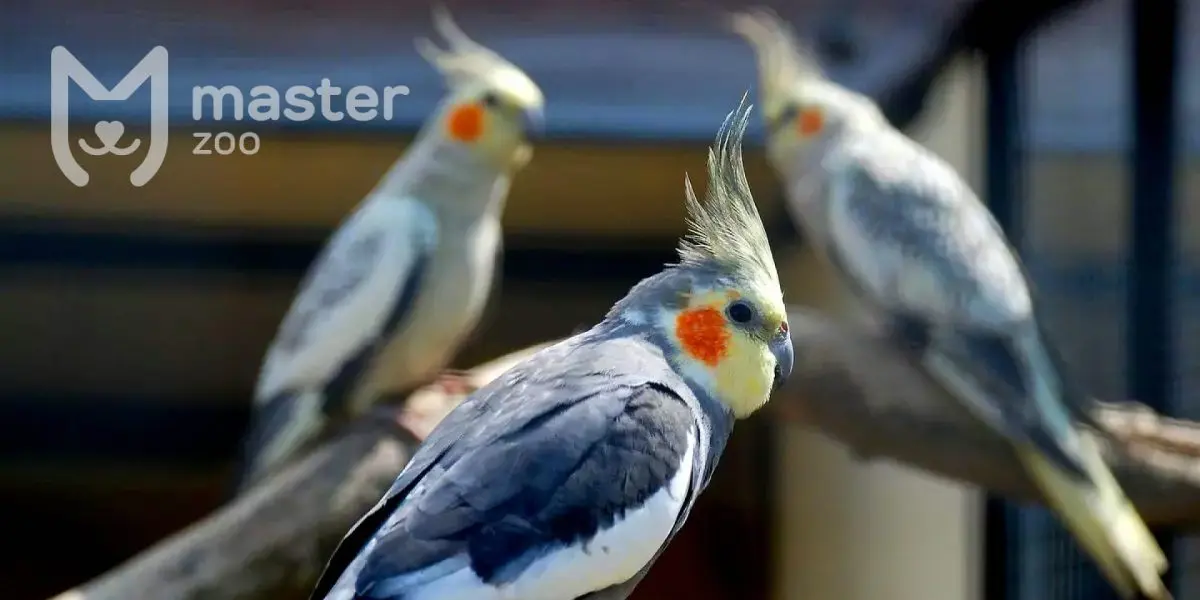
cockatiels
Active, energetic cockatiels captivate at first sight. A common feature for all parrots of this species is a yellow head and red “cheeks”, the body color can be gray, dark gray, yellow cream. There are also white albino cockatiels.
Cockatiels can be kept alone, in pairs or in small groups. Birds have to move a lot, fly, so the cage will need a spacious one, it is better to equip an aviary for several parrots. If you plan to let the parrot fly around the apartment, then the cage can be taken relatively small, about 60x40x70 cm in size. It is recommended for pairs of parrots inside or outside the cage to install a house or nest so that it is in a quiet cozy corner.
The basis of the diet of cockatiels is a grain mixture. Experts recommend buying special food , formulated taking into account the characteristics of the body of this particular type of parrot. Also include fresh fruits, berries, greens (but not spicy), a small amount of nuts or sunflower seeds in the menu.
A bird should be taught to handle from an early age. If you want to get a tame cockatiel, you should choose a 16-20 week old chick and devote a lot of time to it. In addition, young parrots need to be fed 4-6 times a day, this should be taken into account.
To make the process of taming and training the bird go faster, cockatiels often have their wings clipped. This is a painless and safe procedure, but the bird will not fly out the window and will be more willing to spend time on the owner’s arm or shoulder. It is easy to teach Corella a few words, but they do not speak very clearly and “give out” what they have learned, regardless of the situation.
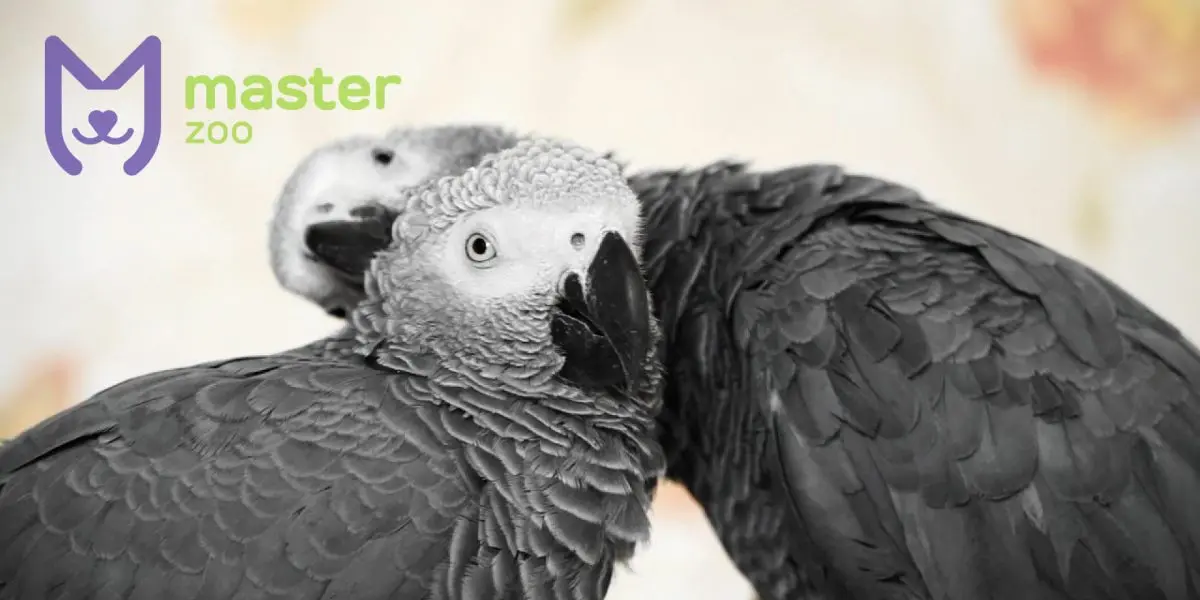
African gray parrots
African gray parrots or gray parrots are the most popular pets among large parrots. At first glance, they are rather nondescript: ash-gray feathers on the head, back, wings and chest, brown-red back of the body and tail. Sometimes the chest and back can be red, in some birds red feathers and down are found throughout the body. However, the main feature of the parrot is its amazing sharpness and talkativeness.
It is difficult to establish the life expectancy of a Jaco parrot, it is believed that in nature it lives 23-25 years, and at home – up to 60 years. The cage must be chosen spacious so that the bird can fully spread its wings in it. The minimum dimensions of the cage are 65x50x80 cm. Periodically, the parrot needs to be let out of the cage to take a walk around the apartment or offer to have fun in a special play town. Jaco is very fond of such fun.
Keep in mind that the parrot’s beak is very strong, so choose rods from thick steel wire. The lock also needs to be made reliable, it is advisable to purchase a small hinged one, since Jacos are well-known masters in opening even ingenious constipation. Parrot toys will periodically gnaw and break, so you should choose in advance such accessories that will not harm the bird. Periodically, toys will need to be changed so that the pet does not get bored.
Jaco is not just exotic birds for the home, it is a family member who chooses his own owner. The speed of taming a parrot is directly proportional to the time you spend on it. The more you engage with your parrot, the faster it will start talking. In the process of learning, words must be pronounced loudly, clearly, and it is desirable that the word or phrase correspond to the situation, have an emotional connotation.
Important aspects of the content of the Jaco are lighting and the ability to swim. Parrots love water treatments. It is necessary to provide conditions for them and take care that the bird does not catch a cold. In winter, the parrot should organize additional lighting so that the daylight hours at any time of the year are about 10 hours.
It is important to organize proper nutrition. It should include:
- Various grains: oats, rice, buckwheat, wheat, sunflower seeds, corn;
- Fruits, vegetables and berries: apples, blueberries, dogwood, banana, raspberries, currants, carrots, etc.;
- Greens: spinach, dandelion leaves, young branches of fruit trees;
- mineral supplements.
Be sure to have clean water in the drinker, from time to time you can offer the parrot mineral water without gas.
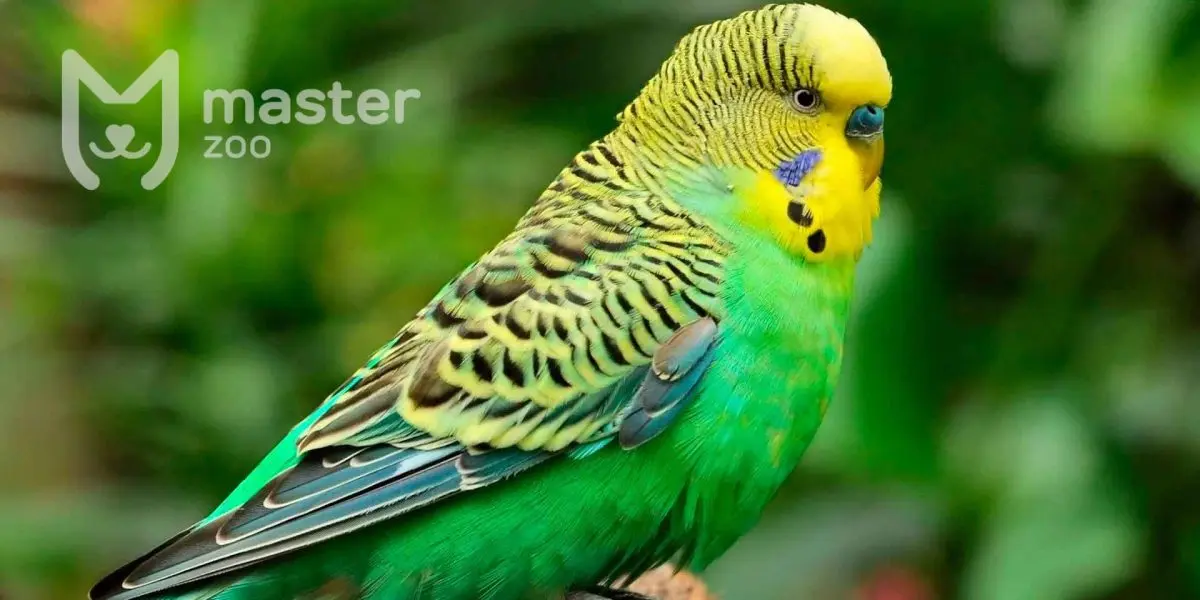
budgerigars
Budgerigars are the best birds for a home with children. Birds are beautiful: bright yellow, green, blue, white. They are very sociable, eager to learn to talk, like to sit on their shoulder, arm or head. The main thing is to pay attention to the parrot and monitor health. You won’t find a more friendly and sociable pet.
Basic rules for a happy bird life:
- spacious clean cage;
- lack of drafts and good lighting;
- Fresh air;
- the presence of toys and a variety of entertainment;
- the presence of mineral additives;
- clean water and balanced food.
It is better to buy ready-made food – it contains all the ingredients in the optimal amount. The basis of grain feed should be millet, oats, canary seeds. Also, with pleasure, parrots eat rice, millet, low-fat cottage cheese, boiled chicken eggs. It is desirable to diversify the bird’s diet with fruits and vegetables: carrots, melons, pumpkins, watermelons, sweet peppers, apples, pears, citrus fruits.
Under good conditions and good nutrition, a budgerigar can live in your house for 10-13 years.
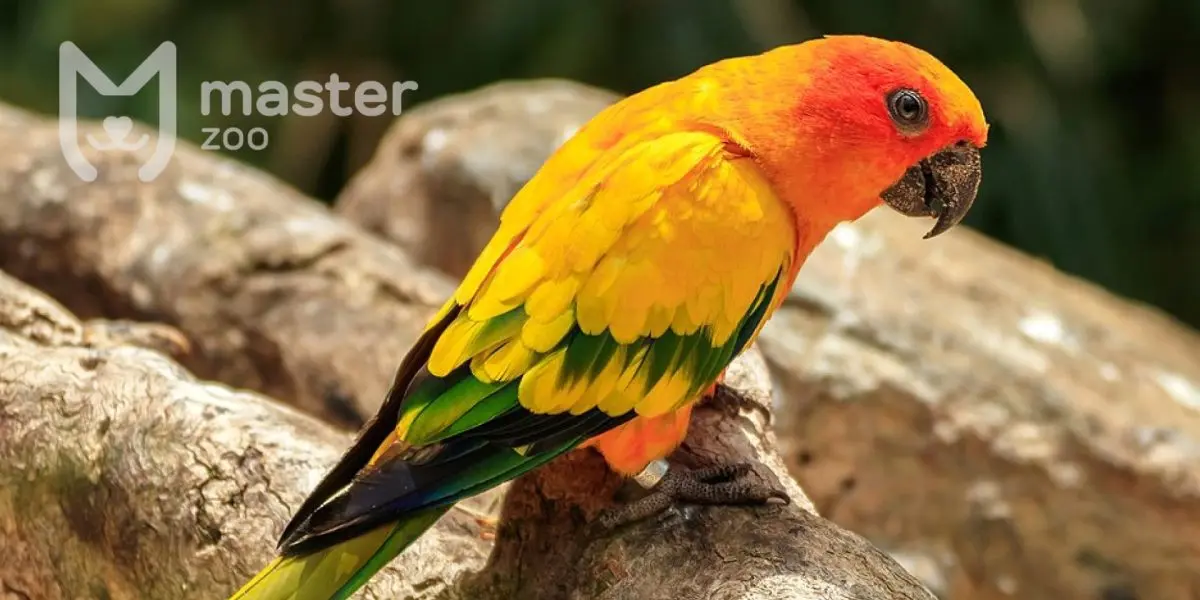
Aratingi
The genus Aratinga includes about 20 species of parrots. They differ in the color of down and plumage, nutritional features, but all aratingas are amazingly beautiful, plumage shimmers in red, yellow, orange, green, blue. For the bright coloring of the birds, they are often called “flying flowers”. These decorative birds also have high intelligence. With regular practice, they can memorize a short poem or melody, quickly learn words. And they also love to play and climb, and if they don’t provide space for activities and educational games, they will come up with an activity for themselves: unscrew handles from furniture, cut off buttons from coats. Therefore, make sure that the parrot is busy all the time and can entertain himself: both in the cage and outside it.
In captivity, birds are undemanding to conditions. They need a spacious cage or aviary with lots of swings and toys. If the cage does not allow free flight, the bird should be periodically released for walks. The temperature in the room where parrots are kept should not fall below 20 ° C, care should also be taken to illuminate the cage in winter, when daylight hours are short.
In the arating menu, the basis is grains, it is advisable to purchase a ready-made balanced mixture for medium parrots or specifically arating. Parrots love fresh greens, young shoots of trees, fruits, vegetables, berries. It is necessary to provide the bird with water and a mineral stone, which will allow not only to replenish calcium reserves, but also to clean or grind off the beak. Once or twice a week, you can give the birds water slightly sweetened with honey. Subject to all conditions of detention, you can enjoy the company of a feathered pet for about 30 years.
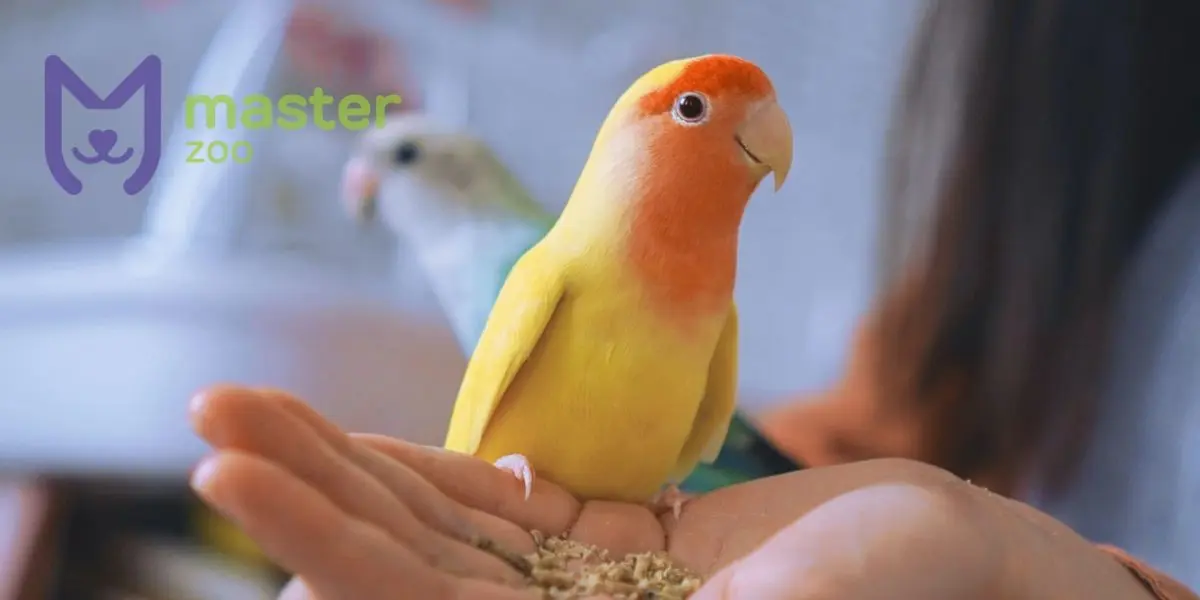
Lovebirds
There is a legend that if in a pair of lovebirds one bird dies, then the second one dies of longing. This opinion arose because the male and the female really stick together, do not move away from each other, look for food together, fly to the watering place. However, parrots can be kept not only in pairs, but also one by one.
The coloring of lovebirds is very different. The body and wings are green with yellow or blue, and the head is red, orange, dark brown. However, there are blue and white parrots with a dark or white head. When purchasing a pair, it is better to buy a male and a female of the same color.
One lovebird needs a lot of attention so that he does not feel lonely. You should also place enough toys in the bird’s cage so that the bird can entertain itself in your absence. It is better to tame young parrots, adults are quite difficult to get used to the new environment and people.
The main menu of lovebirds is seeds and grains: millet, millet, oats, wheat, sunflower seeds, plantain, dandelions, corn, hemp. Nuts can be given a couple of times a week.
Parrots love vegetables and fruits. You should feed the feathered gourmet with beets, tomatoes, sweet peppers, carrots, cucumbers, watermelon, melons, apples, plums, pears, peaches, grapes, etc. Lovebirds adore berries! You should also add low-fat cottage cheese and other dairy products, boiled chicken eggs, honey (with water) to the diet. In addition to ordinary water, you can pour parrots with mineral water without gas, a rosehip or chamomile decoction. When kept at home, lovebirds live 10-15 years.

Amadins
Now about 40 species of finches are known, so lovers of these cheerful birds have a huge choice. In nature, birds live in flocks, so you should start at least two birds, or even 4-5 – so they will be more fun and comfortable. The colors of the birds are the most diverse: variegated gray-white-brown with orange cheeks, gray-white with a black head, white, yellow-white, green with a red head and tail, white-blue-blue. Amadins Gould look like a living rainbow, these birds shimmer with red, blue, yellow, lilac, green. A variety of types of finches allows you to choose a feathered pet to your taste.
The variety and beauty of finches feathers, as well as their sonorous pleasant chirping, attract lovers of feathered pets. In addition, bird care is simple, so even people without experience can start finches, and a child can also be entrusted with caring for them.
Two finches will need a low rectangular cage with a minimum size of 40x60x40, if there are more birds, then the cage should be more spacious. You need to take care of the perches so that the birds can actively fly from one to another. It is necessary to maintain cleanliness in the home of the birds, and put the cage itself in a secluded place without drafts – the birds do not like them. With good care, finches live up to 10 years, you just need to provide them with suitable conditions and optimal nutrition.
The basis of the diet of finches is a grain mixture, primarily millet, buckwheat, oats, millet, canary seeds, sunflower seeds, corn chips, etc. Experts recommend taking ready-made mixtures for exotic birds, which have all the necessary ingredients. Also regularly feed the finches with boiled chicken eggs and chopped shells, low-fat cottage cheese, and boiled rice.
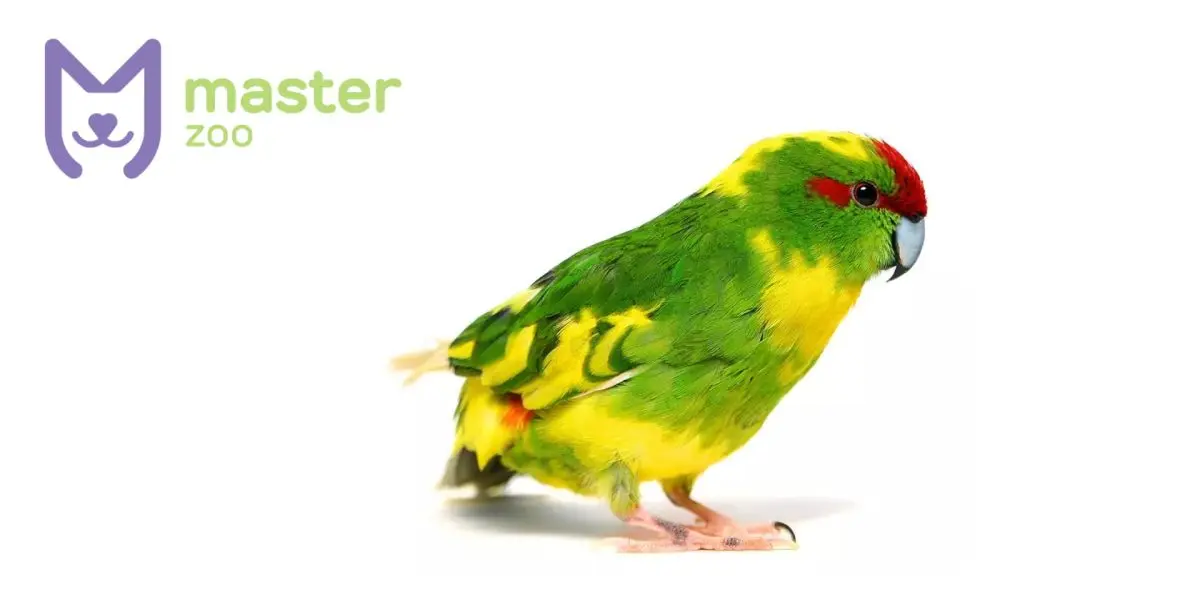
kakariki
Energetic restless parrots will be an excellent company for a child. They love to play, and prefer to do it in the company. Parrots can be kept singly or in pairs, but a single bird will need a lot of attention, especially if you want your parrot to become tame.
The “apartment” for kakariks should be spacious (90x50x85 cm) so that the bird has the opportunity to fly from perch to perch, run along the bottom and climb the bars. An indoor aviary would be ideal. A parrot needs a lot of toys: branches, ladders, braids. Otherwise, he will find a way to get out of the cage and make trouble in the house.
These parrots are very fond of bathing, so put a bowl of water in the cage several times a week. The procedure allows the parrot to keep the plumage clean and has a positive effect on mood and health. Please note that while swimming in the water there will be everything within a meter radius, so choose a place in advance so that the water does not flood valuables or furniture.
The diet of kakariki should be varied. 70% of the diet consists of vegetables, fruits, herbs, berries, as well as cooked and cooled porridge or soaked grain. Birds need very little grain feed.
With proper nutrition and good conditions, parrots live from 10 to 20 years.

Rosella
These parrots attract with their beauty. A red head with white cheeks, a yellow belly, a blue-green tail and wings – you can admire the bird for hours. This average parrot is unpretentious, has a pleasant voice, quickly learns 2-3 dozen words and simple melodies. Variegated rosellas need a spacious cage or aviary. In cramped quarters, they feel worse, the life expectancy of parrots is reduced.
Motley roselle needs water procedures, but at the same time the bird does not tolerate dampness and drafts.
The basis of the Rosella menu is grain feed. Moreover, periodically the birds should be offered soaked or germinated grains. With pleasure, birds eat fruits and berries, hard-boiled eggs, flour worms.
The ability to actively move, an abundance of toys, good nutrition, the absence of drafts – all these are necessary conditions for keeping a bird. If you provided a feathered pet with everything you need, he will delight you with his chirps and funny tricks for about 15 years.
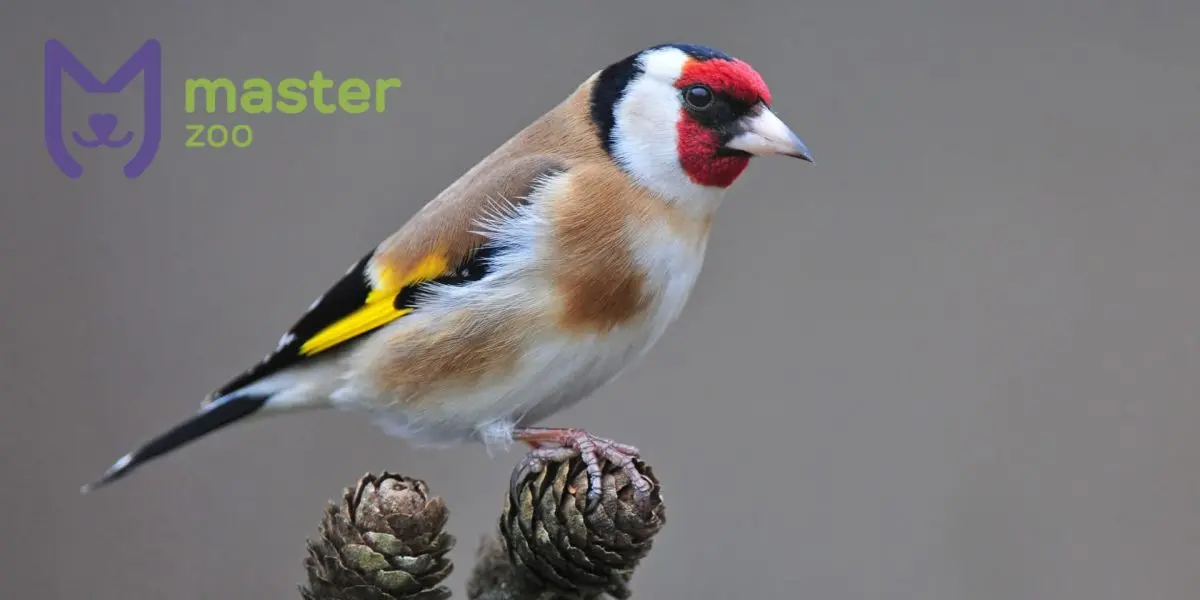
Goldfinches
By the beauty of singing, these charming birds are not inferior to canaries – they can play up to 20 different melodies. The goldfinch, although it is a relative of the sparrow, has an attractive multi-colored color. The decoration of the bird is a red “cap” and colorful yellow-black-white wings. Goldfinches are sociable birds, friendly and very curious, easy to train and unpretentious. However, a goldfinch caught in the nearest forest is unlikely to want to communicate and will try to fly away. Therefore, if you want to have such a bird in your home, buy a tamed goldfinch at a pet store.
The goldfinch needs a spacious and high enough cage so that the bird can fly sideways and up and down. Do not forget to equip the bird’s home with perches , branches and swings – birds love to play. They will be happy if the cage will be in an annoka for bathing.
The diet of goldfinches consists of grain mixtures, soaked grains, mealworms and boiled eggs. A special delicacy for poultry is carrots, crackers, pine or spruce seeds. Under favorable conditions, birds live in captivity for 15-20 years.
Conditions for keeping decorative birds at home: cage, accessories, food
The choice of cell in each case requires an individual approach. Each type of bird has its own requirements for the volume of “dwelling”. However, it is worth remembering that the width of the cage should be 50% larger than the wingspan of the pet. And for a pair, the volume of the cage should be at least one and a half times larger than for one bird.
Pay attention to the distance between the bars and the bars themselves. For medium and large parrots, you need to select cages with strong steel rods and a reliable lock on the doors, since with a strong beak they can bite through a thin wire or a door latch.
For small birds, the distance between the bars should be such that the pet cannot get stuck between them and be injured. Most birds love entertainment, so make sure there are swings , ladders and other toys in the cage . It is advisable to change them periodically so that the bird does not get tired of the same attraction.
Bird nutrition is an individual matter. If you have questions about keeping a pet, it is best to contact your veterinarian and get qualified advice.
What kind of bird is better to have in an apartment?
Which birds are best for home – this question is often asked by people who want to become the owner of a feathered pet. It all depends on your capabilities, availability of time and free space. If you do not want to devote a lot of time to raising a pet, take variegated finches or lovebirds. They perfectly entertain each other and require only regular care and feeding.
If you need a companion for a child, then there is no better option than a budgerigar. They are sociable, cheerful and unpretentious.
Those who are willing to devote a lot of time to raising a pet, want the bird to become not just an exotic animal, but a family member, can safely buy a Jaco, Corella or Aratinga.
You should also consider how much space the cage will take, what conditions in the house you can create for your pet. We hope that our advice will help you decide and choose a bird that will delight you for many years.FAQ
- What birds can be kept in one cageThe creature becomes more calm, drowsy, mucus vision from the loop, gaps or brown, the dog caresses, saturates itself with sharp flurries, after 3-4 hours, toxicosis is suspected.
- Which parrot to choose for the houseIt all depends on how much attention you are willing to give your pet. A pair of budgerigars, lovebirds, kakarikov, nymphs, needs only care. When kept alone, birds require more attention and communication. And Zhako, a very smart and cunning bird, needs special attention and education.Suitable for keeping at home:
- budgerigars
- cockatiels, nymphs;
- rosella;
- lovebirds;
- kakariki;
- jaco;
- cockatoo, etc.
- What birds are decorativeOrnamental birds are called birds that are distinguished by unusual bright plumage.
- What does decorative bird mean?The decorative bird is distinguished by bright plumage and, often, pleasant singing. Such birds are brought into the house solely for aesthetic pleasure and as companions. Many ornamental birds, especially parrots, are very intelligent and highly trainable.

